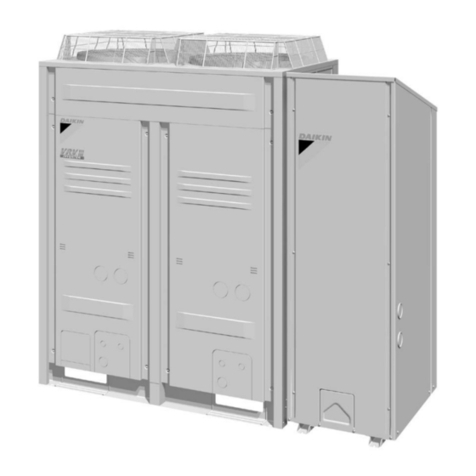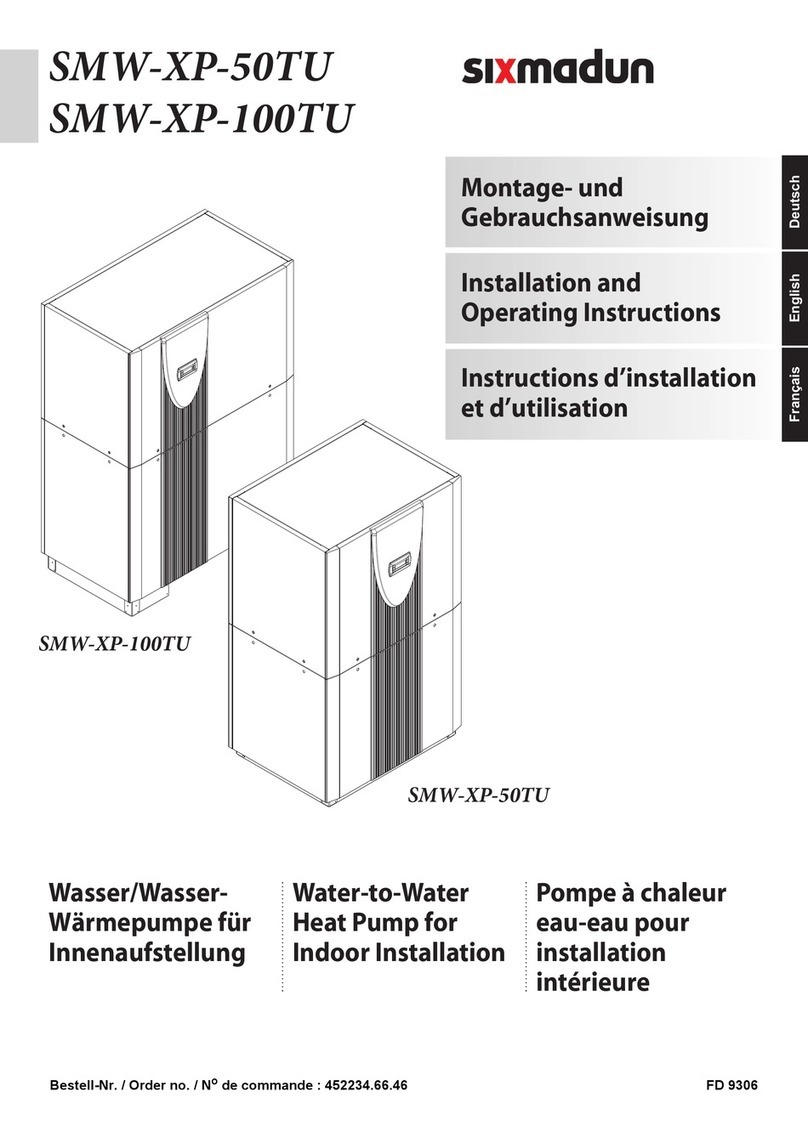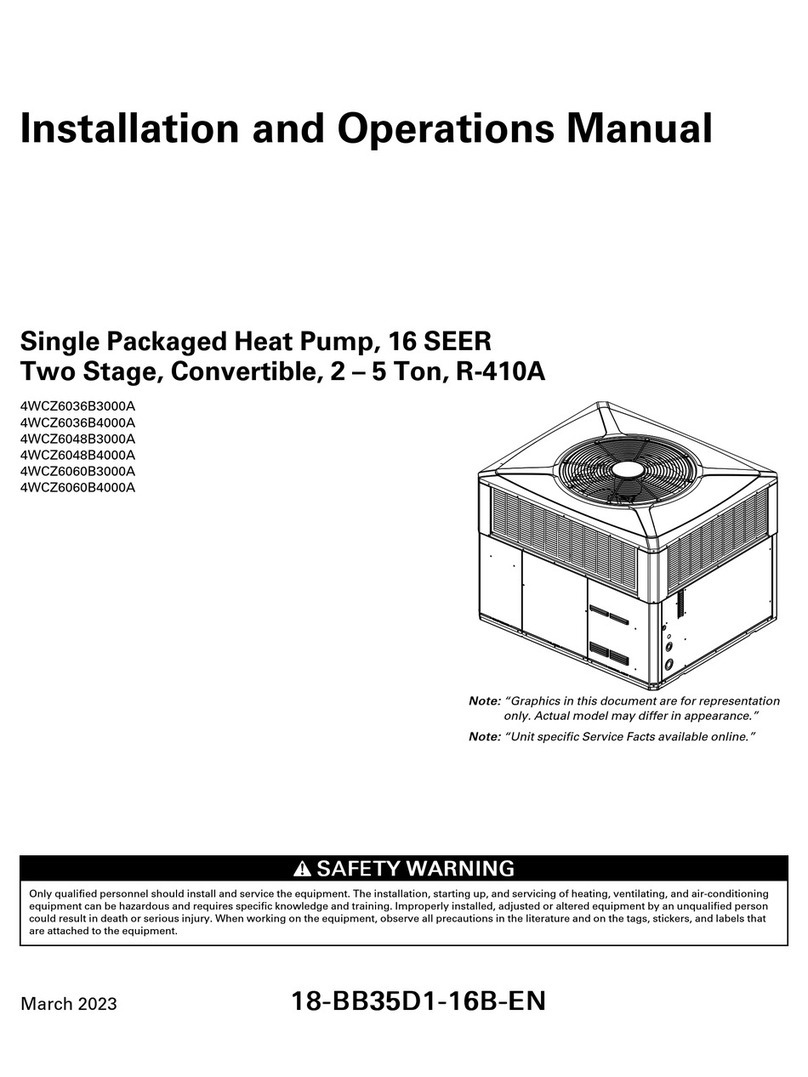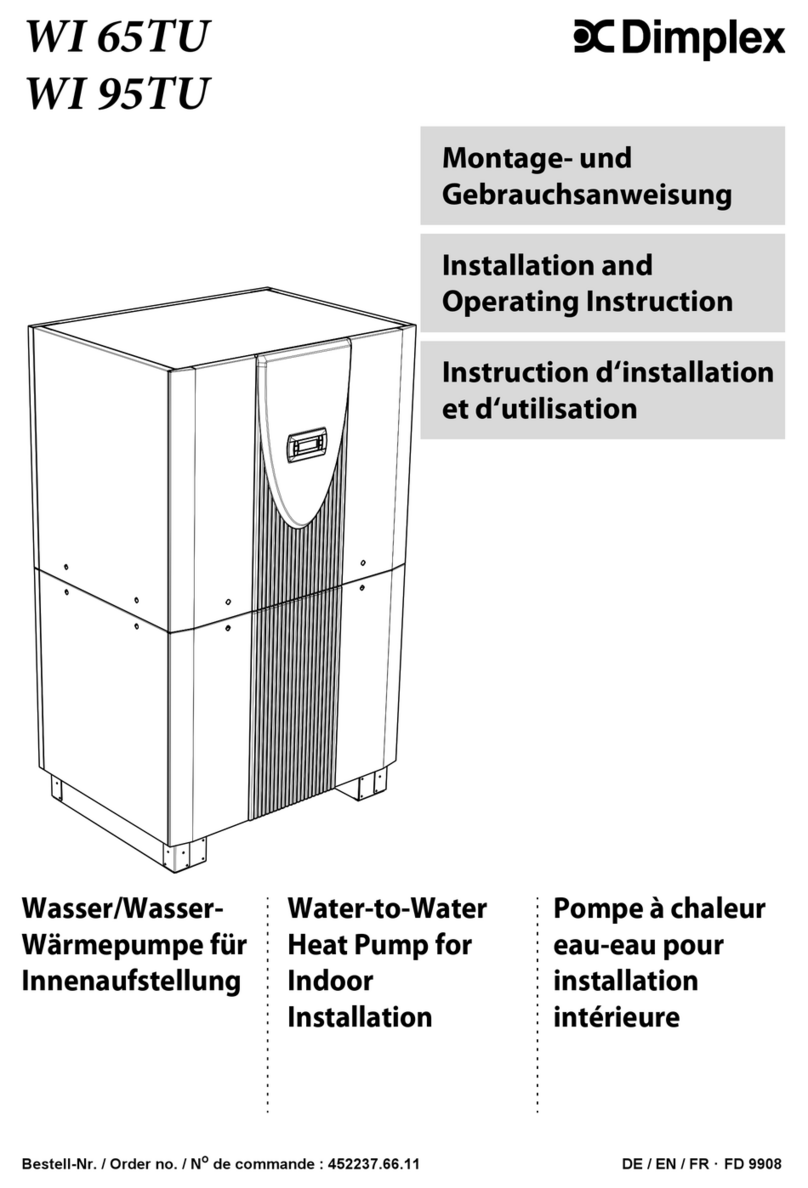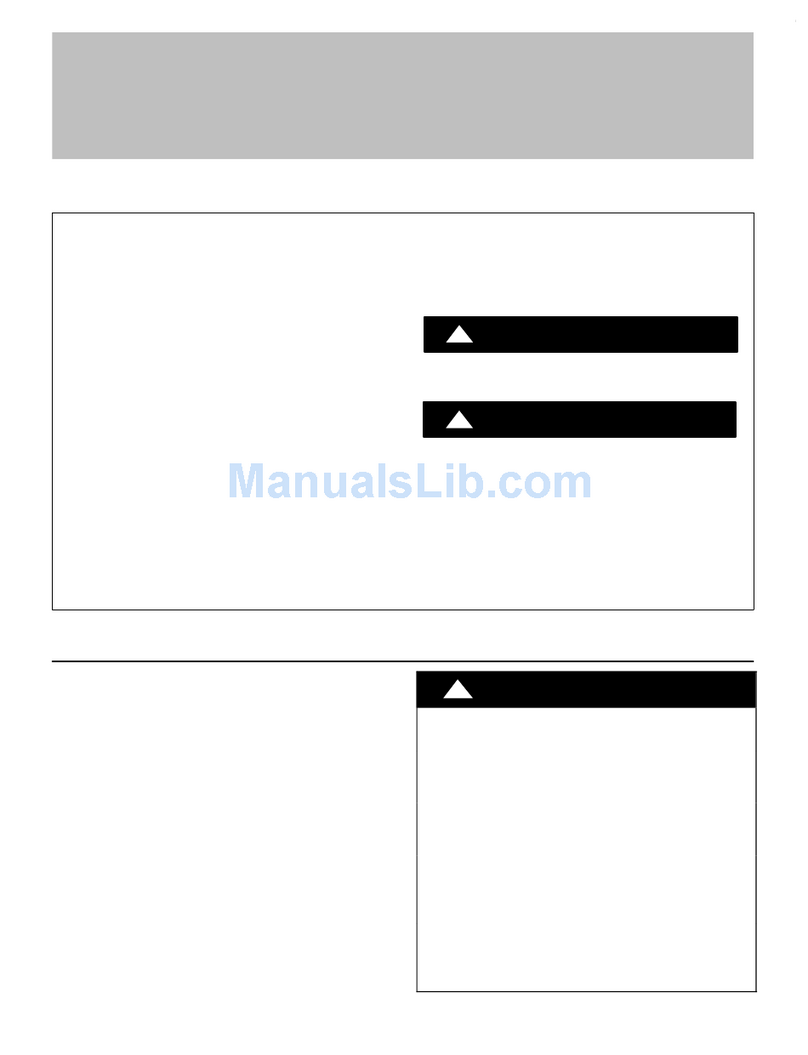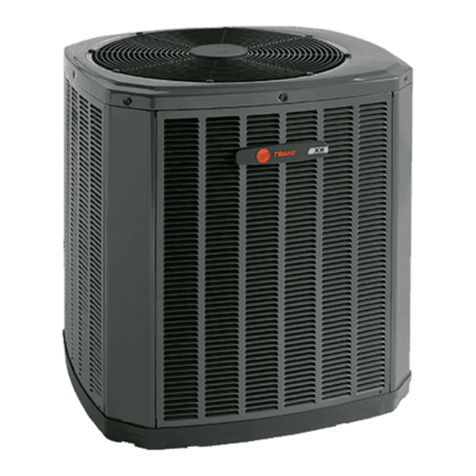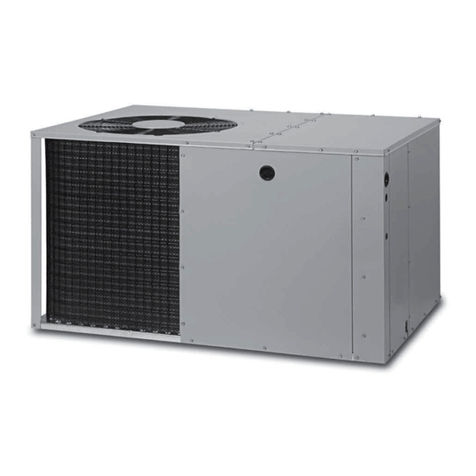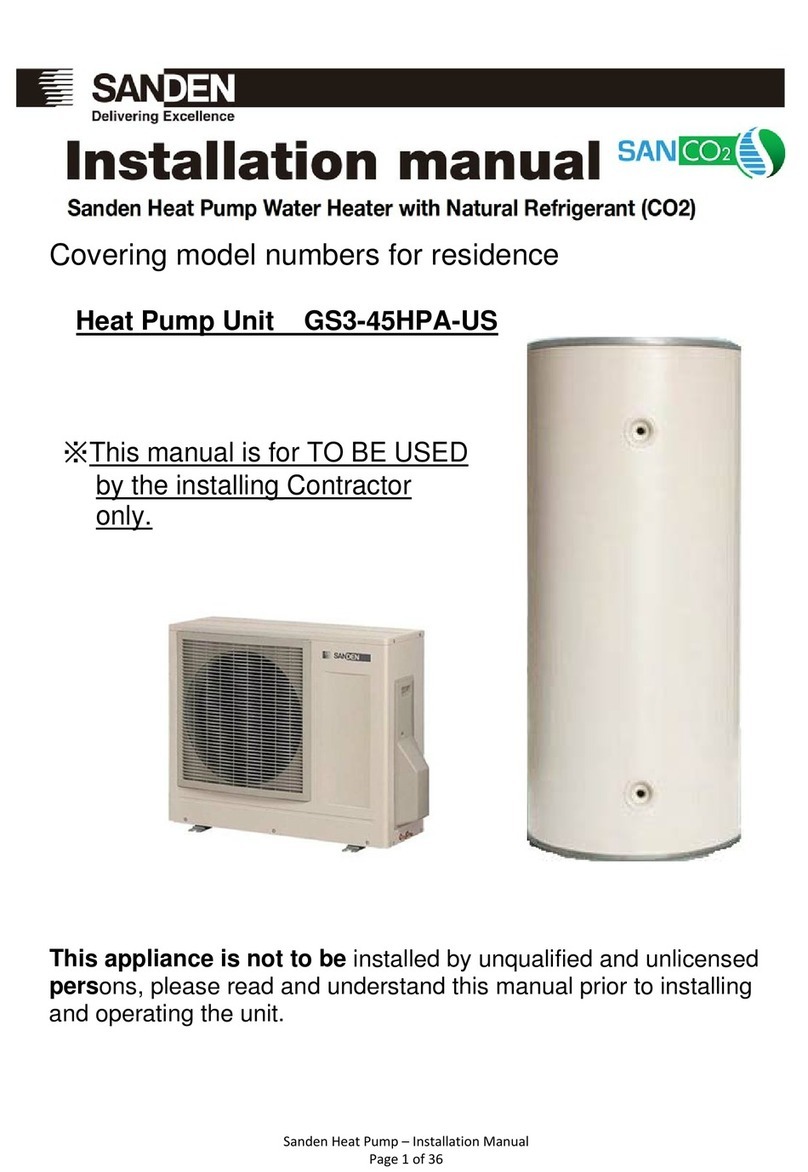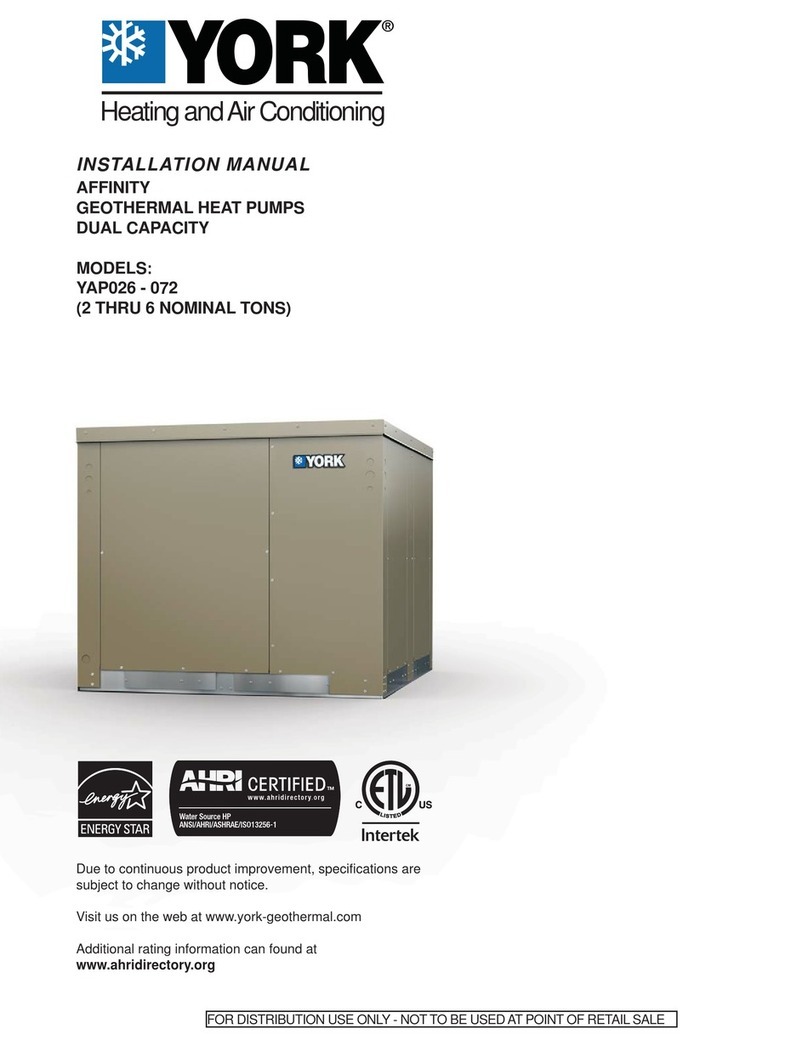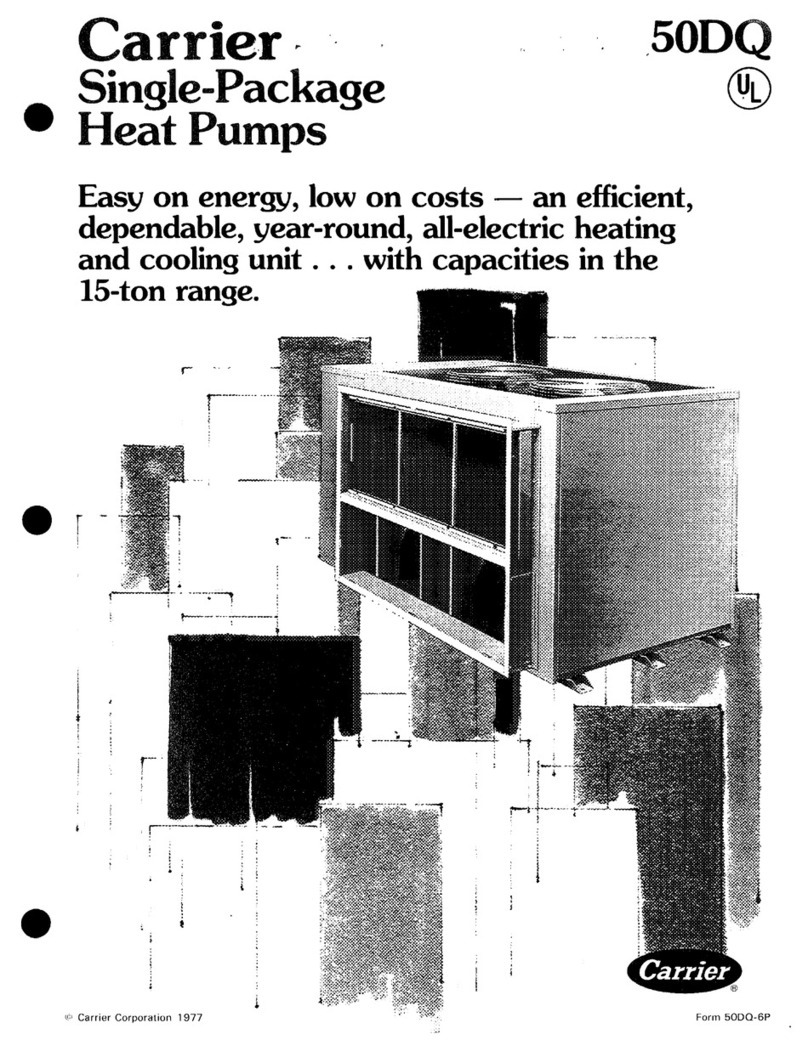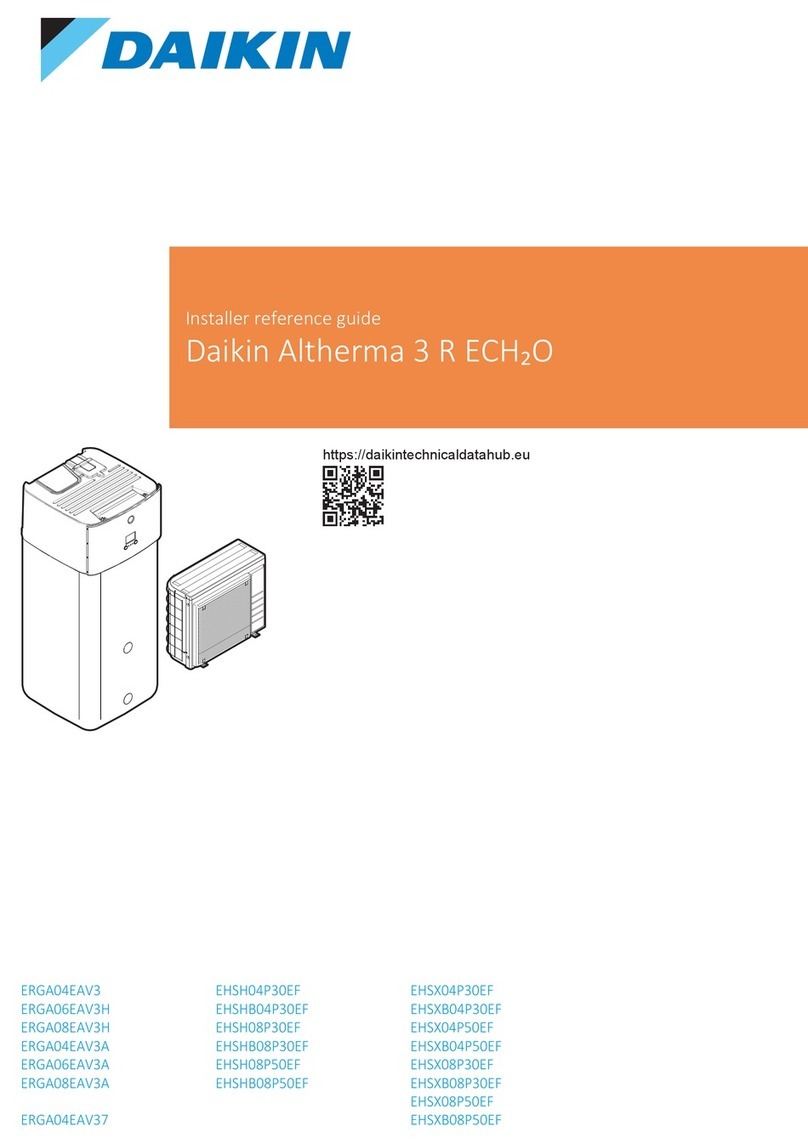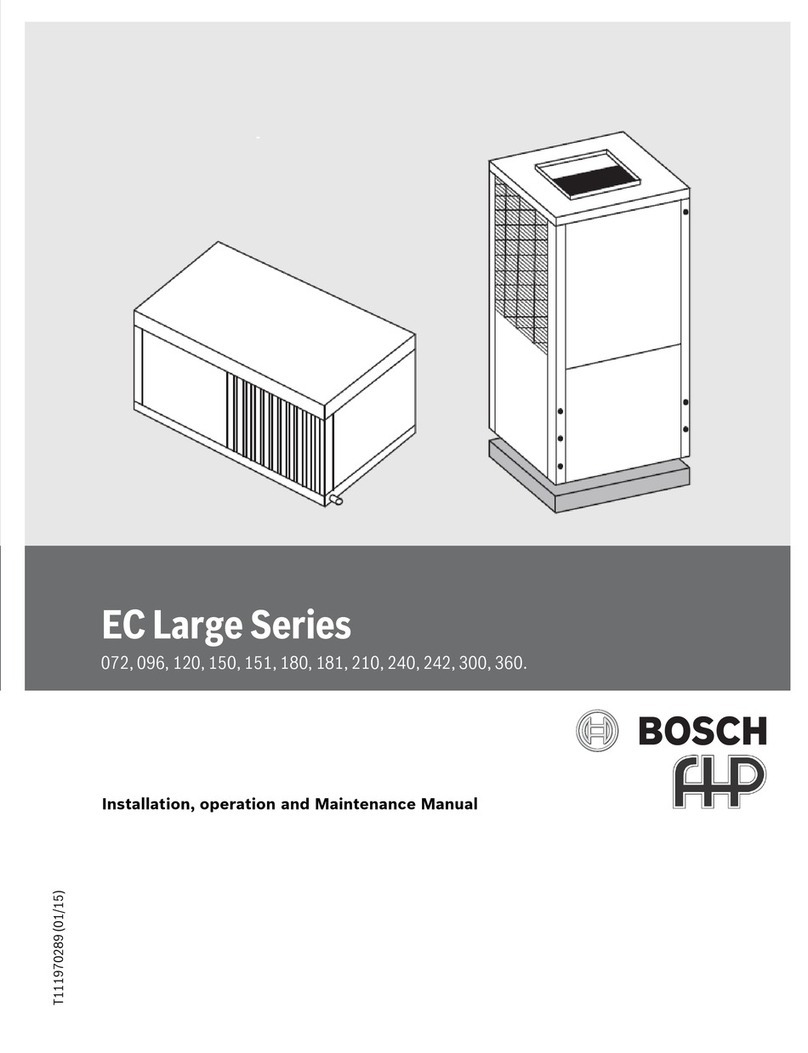
Page - 2
WARNING Failure to heed the following may result in injury or death.
lInstallation and repairs must be performed by a qualified technician.
lThe heat pump contains refrigerant under pressure. Repairs to the refrigerant circuit
must not be attempted by untrained and / or unqualified individuals. Service must
be performed only by qualified HVAC technicians. Recover refrigerant before
opening the system.
lImproper water chemistry can present a serious health hazard. To avoid possible
hazards, maintain pool / spa water per standards detailed in this document.
lProlonged immersion in water warmer than normal body temperature may cause a
condition known as Hyperthermia. The symptoms of Hyperthermia include
unawareness of impending hazard, failure to perceive heat, failure to recognize the
need to exit the spa, and unconsciousness. The use of alcohol, drugs, or medication
can greatly increase the risk of fatal Hyperthermia. In addition, persons having an
adverse medical history, or pregnant women, should consult a physician before
using a hot tub or spa. Children and the elderly should be supervised by a
responsible adult.
lProlonged immersion in water colder than normal body temperature may cause a
condition known as Hypothermia. The symptoms of Hypothermia include shivering
(although as hypothermia worsens, shivering stops), clumsiness or lack of
coordination, slurred speech or mumbling, confusion and poor decision-making,
drowsiness or low energy, lack of concern about personal welfare, progressive loss
of consciousness, weak pulse and slow or shallow breathing. In addition, persons
having an adverse medical history, or pregnant women, should consult a physician
before immersing in a cold body of water. Children and the elderly should be
supervised by a responsible adult.
NOTICE Failure to heed the following may result in damage to equipment.
lMaintain proper water chemistry in order to avoid damage to pump, filter, pool
shell, etc.
lWater flow exceeding maximum flow rate requires a bypass. Damage due to
excessive water flow will void warranty.
SAVE THESE INSTRUCTIONS




















